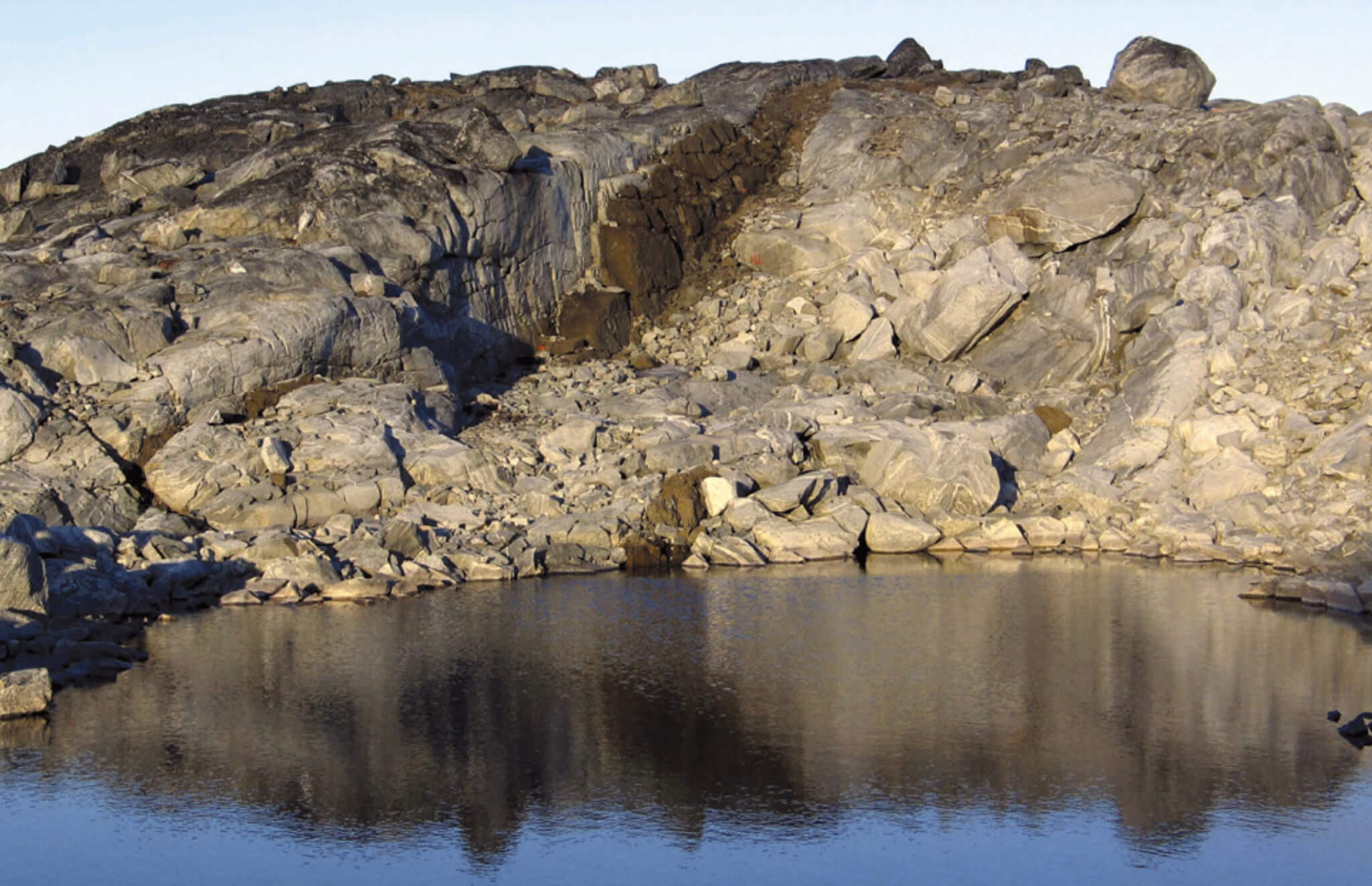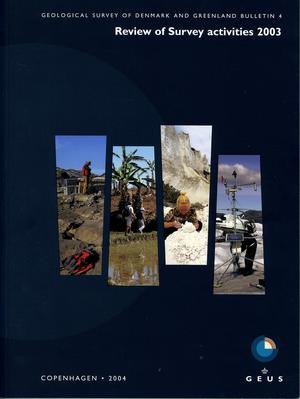
How to Cite
Share
Abstract
Southern West Greenland hosts a province of ultramafic alkaline rocks, including swarms of dykes traditionally described as kimberlites and lamproites (Larsen 1991; Jensen et al. 2002). Since the mid-1990s, commercial diamond exploration has been focused on the Sarfartoq region and the region south-east of Maniitsoq (Fig. 1), and has resulted in numerous reports of diamond-favourable indicator minerals from till sampling, finds of kimberlitic dykes, and recovery of diamonds from kimberlitic rocks. A new digital compilation of company data released from confidential status (Jensen et al. 2003a) presents a comprehensive overview of exploration activities and results that have emerged since the Survey’s first compilation of occurrences of kimberlitic and related rocks (Larsen 1991). The new compilation in a GIS (geographic information system) environment allows for refined assessment of the distribution, structural control and possible spatial and petrogenetic relationships that characterise the kimberlitic occurrences. In 2003, the Geological Survey of Denmark and Greenland (GEUS) and the Government of Greenland’s Bureau of Minerals and Petroleum (BMP) went further than has been customary in investigating the economic potential of specific sites. Four areas were temporarily closed to application for exploration licences, pending sampling and testing for diamond content of large samples of more than one tonne each from significant kimberlitic occurrences. Additional characterisation and research initiated on these and other occurrences include magnetic mapping, detailed petrography and studies of mantle xenoliths, as well as indicator mineral chemistry. An extensive programme to determine the ages of kimberlitic and related rocks was also initiated in 2003.
How to Cite
Share
Downloads
Editors: Martin Sønderholm & A.K. Higgins
The Review of Survey activities presents a selection of 23 papers reflecting the wide spectrum of activities of the Geological Survey of Denmark and Greenland, from the microbial to the plate tectonic level.
The Survey's activities in Denmark are documented by ten papers. These include discussion of the [...]










